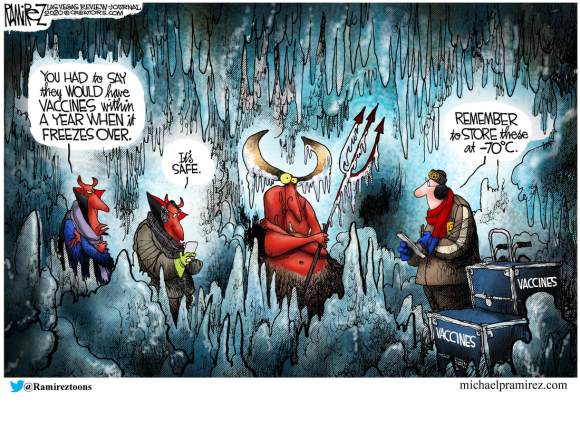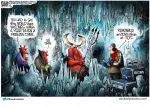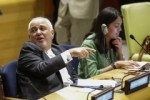The real question, of course, is whether mask mandates work. And experience shows that they don’t. In state after state and country after country, it is impossible to see any positive impact on case, hospitalization, or fatality statistics when mask mandates go into effect.
Our political leaders blame that fact on us. Whiny governors like Minnesota’s Tim Walz suggest that since his mask mandate hasn’t had the intended effect, the rest of us must be letting him down by failing to wear our masks. But the best evidence we have indicates that compliance with mask mandates is well over 90% across the country, and still there is little or no evidence that they make any difference. So the question is squarely posed: do masks work, or don’t they?
The Mayo Clinic wrote just before Thanksgiving that its research had confirmed the value of mask wearing: “Mayo Clinic research confirms critical role of masks in preventing COVID-19 infection.” A bold claim! But what did that research consist of?
The researchers set up a pair of mannequins and expelled from one of the mannequins a stream of 2 micron polystyrene particles, the same size as typical “respiratory droplets.” They measured how many of those polystyrene particles reached the second mannequin under various conditions: one mannequin masked, both masked, neither masked, at 3 feet and 6 feet. The smallest number of polystyrene particles got through when both mannequins wore masks, and it didn’t matter what kind of masks were used. In fact, with both mannequins masked, at a 6-foot distance fewer than 1/2 of 1% of the polystyrene particles got through to the second mannequin.
Sounds impressive, right? But this same experiment found that simply by being six feet apart, with no masks in sight, the number of particles that were received by the second mannequin was reduced by 97%. (At three feet, the European “social distancing” standard, it was reduced by 87%.) Further, the experiment was set up so that the first mannequin expelled the particles from its mouth in what appears to be a vigorous manner, straight at the second mannequin. Check out this video:
Do you know anyone who exhales like that, through the mouth with considerable energy? I don’t. Further, as the video shows, even when wearing a mask the particles float around the first mannequin’s head–much as, I think, they would if a person exhales normally, downward through the nose.
Mayo’s experiment convinces me that if someone with COVID is standing a few feet away from you and sneezes directly at you, it would be good if he were wearing a mask. Then, too, it would be good if he covered his mouth when he sneezes. Would that produce a droplet pattern much different from wearing a mask?
This experiment helps to explain, I think, why at the same time, public health officials exhort us to wear masks, while, in instance after instance, mask mandates make no perceptible difference in the spread of the coronavirus. Mask mania is driven by the human need to believe that we are “doing something,” along with the more modern need to believe that our government is “doing something.” It is beyond the pale to ask whether there is, in fact, much that any government can do about respiratory viruses.
Government’s current campaign against the coronavirus reminds me of the Ford administration’s anti-inflation campaign of the 1970s. President Ford urged Americans to wear “WIN” buttons, standing for “Whip Inflation Now.” How any citizen not a member of the Federal Reserve was going to “whip inflation” was anyone’s guess. Wearing a mask, in my opinion, is only slightly more effective than wearing a WIN button, and is done mostly for the same reasons, i.e. 1) obedience to authority, and 2) virtue signaling, although that term was not known in 1974.
There is one major exception to the above comments, one important thing that government can do to limit the damage done by a disease like COVID: produce a vaccine. Or, more realistically, get out of the way of those who know how to produce a vaccine. This, President Trump seems to have done brilliantly. Multiple anti-COVID vaccines are now being distributed, cutting the previous record time by 80%. The facts about how President Trump achieved this are beginning to come out; suffice it to say that it is his last major gift to the American people. Not the most important, but in all likelihood the last.
And the most knowledgeable people–allegedly most knowledgeable–assured us that it couldn’t be done. Michael Ramirez makes the point. Click to enlarge:

I plan on getting the vaccine, and after I do, I will throw away my mask. If anyone says, “Hey, where’s your mask, buddy?” I will tell him to get stuffed. There is no remotely plausible scientific reason to wear a mask if you have had COVID or been vaccinated against it.
And yet, many are saying that even after most Americans have either had the Wuhan flu or been vaccinated against it, mask wearing will be common, will be viewed as a sign of virtue, and, in some jurisdictions, even mandated. That could be true. If so, it will tell us unequivocally what mask wearing was about all along.






